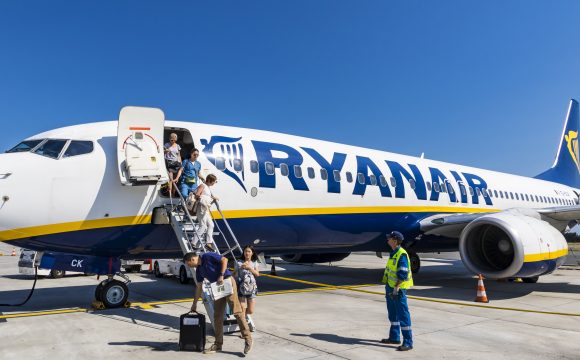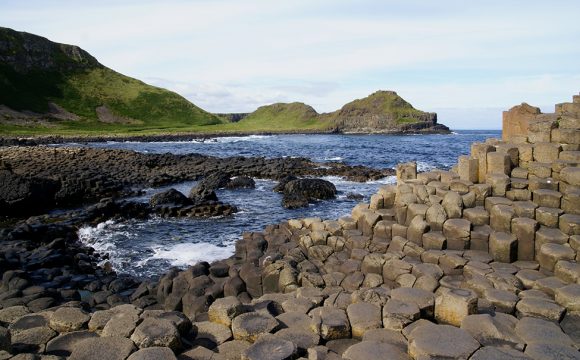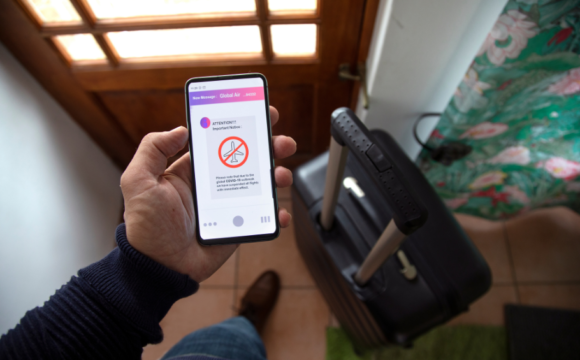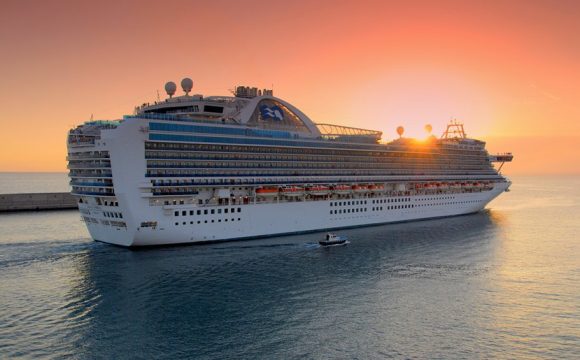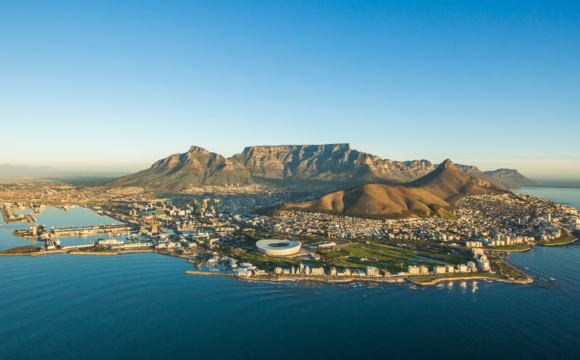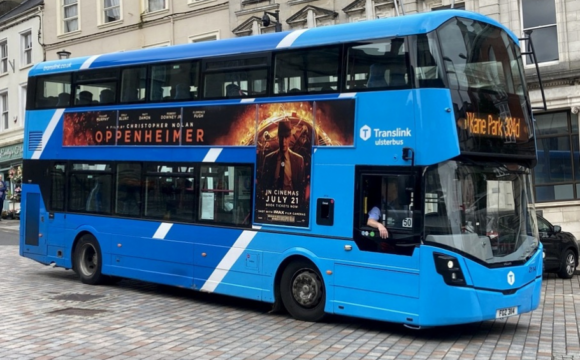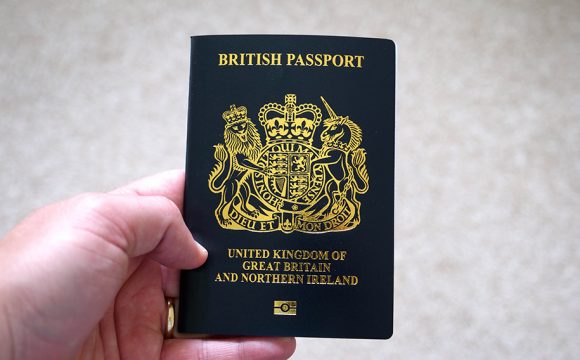Don’t let the fear of ‘Delhi Belly’ or any other vague concerns ever put you off visiting India.
This huge and exotic subcontinent, once the jewel in the crown of the British Empire and the subject of so many romantic tales, may be somewhere you have often thought one really should visit.
If so, then overcome those initial concerns and treat yourself to one of the best cultural experiences you are ever likely to enjoy.
My wife Jenny and I have recently returned from a two-week small group tour of the tropical South India state of Kerala, the famous land of spices and coconut trees, and its neighbour Tamil Nadu which are linked together by the forested Western Ghats range of mountains.
We flew from Gatwick, via Bahrain, to the small coastal city of Cochin to be met by our tour guide Santo and driven to our first hotel for a detailed trip briefing and overnight stay.
The following morning found us out on a boat cruise around the city’s historic spice port and watching men fishing using a system of dipping booms and nets first introduced by the Chinese many centuries ago.
Black pepper we learned was the king of spice and kardamon, the queen and Kerala, watered by rivers flowing from the Western Ghats and out to the Arabian sea is the source of much of the world’s supply.
Then followed a fascinating half day meandering drive over the heavily forested mountains to be greeted by our first sight of all the tea plantations surrounding the intensely green hill station of Munnar.
A football match, watched by an excited crowd, was in progress when we drove into town, which was to be our base for the next two nights and the starting point for a day’s trek up through the tea plantations and over a nearby mountain. As we walked, a local guide told us all about the production and harvesting of the tea, first introduced by the British, and that the surrounding hills were home to over a thousand elephants.
One of the local herd was quite aggressive but not to worry because the animals preferred foraging in the deep forest and were rarely seen, we were assured.
“But what do we do if we did meet one?” someone asked. “Run down hill because they are not very good at that,” came the reply.
Leaving Munnar we crossed the mountain range border into Tamil Nadu and down to the thronged city of Madurai where five of us hopped into a three-wheeled motorised tuk tuk and went off to visit the Gandhi Museum.
Drivers of these wonderfully practical three-wheeled contraptions need three things we were told and they were good brakes, a good horn and good luck!
The following morning we visited the impressive Sri Meenakshi Temple but the undoubted highlight for six of us was an afternoon drive around the city in a convoy of pedal-powered rickshaws.
Weaving through intensely heavy traffic, guided by a series of whistles from the lead and rear drivers, we visited packed fruit markets, made our way down narrow lanes chokablok with people and through areas thronging with cotton spinners, pot makers and a host of other artisan crafts. It was a truly unforgettable experience.
Every now again we stopped and got out and were invariably surrounded by kids wanting to have their pictures taken and to know our names and where we were from.
But it was not just the children who seemed pleased to see us because mostly everyone who caught our eye either waved or smiled and I could not help forming the impression that they were mostly happy welcoming people.
Later we stayed in a rustic lodge style hotel and went for an early morning ranger guided walk through an elephant and tiger reserve. I was not really sorry when neither animal appeared but we did spot a host of bird life as well a small herd of black deer.
Rangers patrol the park every night to prevent thieves stealing any of its precious government-owned Sandalwood trees which are a threatened species indigenous to South India but only grow in the Western Ghats and a few other mountain ranges. Sandalwood oil prices had risen as high as 2000 dollars per kg, we learned.
Then a monkey grabbed the group lunch bag I was carrying as we walked to board a lake cruise boat. There followed a tug of war before the bag burst open spilling all the individual foil containers. I managed to recover two but the monkey made off with the rest. We later spent a lovely evening with a local family who gave us a fascinating lesson in Kerala curry cooking.
Sadly our tour, including an afternoon and overnight stay and houseboat cruise on the famous Kerala backwaters, a stopover at a lovely backwaters resort and two nights in the exotic coastal seaside town of Kovalam, was over in a flash.
But that was not before we had squeezed in a memorable day trip to Kanyakumari at the southernmost tip of India.
Here we boarded a packed public ferry for a short trip across to a tiny island dominated by a Hindu temple at a point where the Arabian Sea meets the Bay of Bengal and the Indian ocean.
There were 13 of us on the trip aged from early 30s to the early 70s, we ate a whole range of fabulous Keralan dishes and not one of us picked up a tummy bug.
We stayed in comfortable hotels with air conditioned rooms, our guide Santo James could not have been more helpful and all agreed that it had been a fantastic holiday.
Our Tropical South trip, which cost us £1,549 per person was with Exodus Holidays. It included flights with Emirates whose economy class seats featured a hot towel service, dinner menu, proper knives and forks and complimentary drinks.


